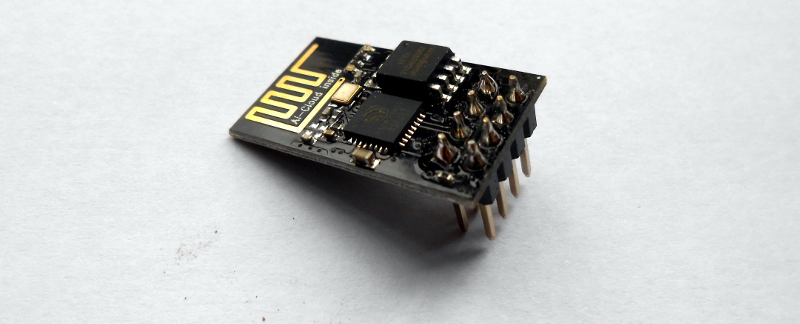With all the hype surrounding cryptocurrencies and the current high not quite so high but still pretty eye-watering price of Bitcoin, there are some things which might once have been pure folly that could now be deemed worthy of pursuit. There is an excavation mission being considered to unearth a hard drive containing an early Bitcoin wallet in a Welsh landfill, for instance. But a more approachable task for you may be the possibility of mining using minimal hardware.
Take [Merlot Machina]’s project for example, implementing a Bitcoin miner on an ESP8266. Part of this is the timeless pursuit of answering the joke question: “Will it mine Bitcoin”, and the other part is looking at this like a lottery ticket. Is it a worthwhile punt at a prize for a minimal investment?
He gives us a rundown of some of the statistics involved, and comes away with the conclusion that it is something like a not-very-good lottery ticket. The ESP performs 1200 hashes per second while the entire Bitcoin community manages about 1.2 exahashes per second. This he calculates gives him a 1 in 1016 chance of mining a block every ten minutes, which for the tiny cost of an ESP and its relatively frugal power budget is a chance he sees as worth taking.
So far he has implemented the hashing algorithm and verified it against a known hash on an already-mined block. At this point though he’s hit a roadblock in the need to run Bitcoin core on a server to keep the ESP supplied with new block headers, so the ESP miner remains a proof of concept. The write-up is still an interesting read though, and given that many readers will have a few spare ESP boards it’s possible that one of you may take it to the next level and Win It Big. If that’s you, you’ll be able to sit on your private island sipping a cool drink, and laugh at the commenters who said it would never happen. Meanwhile here at Hackaday we’ll stick to tried-and-trusted revenue generation strategies, such as bringing you the latest hardware hacks.
This might seem a peculiarly slow miner, but it’s not the slowest we’ve seen by any means. The ever-prolific [Ken Shirriff] has tried it on an IBM 1401 mainframe and a Xerox Alto, and you can of course do it the old-fashioned way.
















what about a beowulf cluster of esp8266s…..
Only if they’re a mesh network of throwies.
If a throwie mines a bitcoin, does it become the most expensive throwie in history?
i’d say it’s the cheapest, with a big negative cost.
Powered by coincells
“It will never happen.” There. Now you’ll have someone to laugh at.
Running at 160 Mhz ??? :)
Mystery around ESP’s high power consumption finally solved.
I laughed out loud when I saw the title, I love crazy stuff like that.
But will it run Crysis?
Nahh NVidia Crippled the game with Tessellation
Bitcoin, a great investment…. until you try to spend it.
If you try to spend more than USD 500, it’s not a problem. Send to an exchange, sell it, withdraw the money, be happy. Some online sites even allow you to pay with bitcoin directly. Spending less will not be profitable, because the transfer fee (around USD 25 at this moment) will eat most of the money. Or you convert it to Litecoin, Dash, Ripple, and pay using any gateway accepting them.
Correct – in its current state, Bitcoin works great for big purchases, not so well for small purchases.
Petroleum futures, a great investment… until you try to spend them.
The news says the criminals are dropping bitcoin and moving their business elsewhere.
And I lost most interest in bitcoin too.
Well, a bit faster than mining bitcoins with pencil and paper! http://www.righto.com/2014/09/mining-bitcoin-with-pencil-and-paper.html
Next step: Make use of ESP32’s two cores.
And I’m not surprised. Usually the first question people ask is one of, “Will it run Doom?”. I wonder how many hashes he expects to mine and what will happen here.
Oh and that missing harddrive was never thrown into that landfill. It was reused by a computer nut in Ireland who happens to be a supporter of the IRA.
he lives near me
The real question is – why is he not connecting to a pool. No need to run core and he’ll actually be earning (very little) real satoshis
Because his cut of the pool would be negligible. It would never repay the cost of the device or the power. Doing it on your own is like winning the lottery. If it wins, it’s a ~16,000 payday, shared with no one.
Most of these comments, you guys can’t have read the actual write up. The miner needs to be connected to a running full node, so you’d have to set this up, >130 GB disk space, lots of RAM. So no, no coincell powered BTC miners on the ESP8266
Euromillions has a better chance than solo mining on an ESP8266… xD
Mine Bitcoin ist nicht für dich!